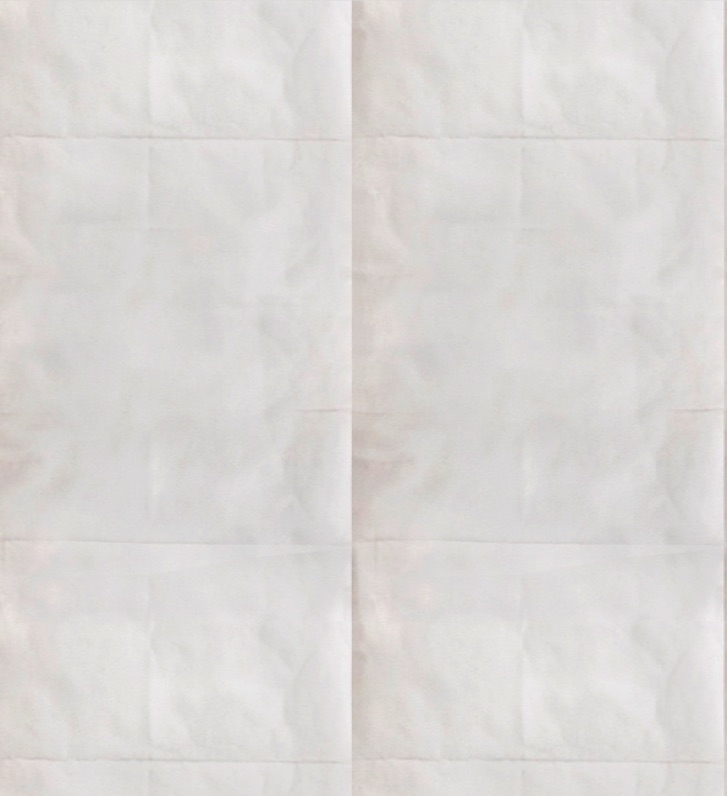

CAMP OF INFANTRY.
515. Each company has its tents in two files, facing on a street per pendicular to the color line. The width of the street depends on the front of the camp, but should not be less than 5 paces. The interval between the ranks of tents is 2, paces; between the files of tents of adjacent companies, 2 paces; between regiments, 22 paces. 516. The color line is 10 paces in front of the front rank of tents. The kitchens are 20 paces behind the rear rank of company tents; the non-commissioned staff and sutler, 20 paces in rear of the kitchens; the company officers, 20 paces farther in rear; and the field and staff, 20 paces in rear of the company officers. 517. The company officers are in rear of their respective companies; the Captains on the right. 518. The Colonel and Lieutenant-Colonel are near the centre of the line of field and staff; the Adjutant, a Major and Surgeon, on the right; the Quartermaster, a Major and Assistant Surgeon, on the left. 519. The police guard is at the centre of the line of the non-commissioned staff, the tents facing to the front, the stacks of arms on the left. 520. The advanced post of the police guard is about 200 paces in front of the color line, and opposite the centre of the regiment, or on the best ground; the prisoners' tent about 4 paces in rear. In a regiment of the second line, the advanced post of the police guard is 200 paces in rear of the line of its field and staff. 521. The horses of the staff officers and of the baggage train are 25 paces in rear of the tents of the field and staff; the wagons are parked on the same line, and the men of the train camped near them. 522. The sinks of the men are 150 paces in front of the color line those of the officers 100 paces in rear of the train. Both are concealed by bushes. When convenient, the sinks of the men may be placed in rear or on a flank. A portion of the earth dug out for sinks to be thrown back occasionally. 523. The front of the camp of a regiment of 1000 men in two ranks will be 400 paces, or one fifth less paces than the number of files, if the camp is to have the same front as the troops in order of battle. But the front may be reduced to 190 paces by narrowing the company streets to 5 paces; and if it be desirable to reduce the front still more, the tents of companies may be pitched in single file-those of a division facing on the same street.
From the Regulations. Note the number of paces in the margin. Re-enactor camps tend to be too compact. There is also a tendency to extend the company street too far. If there are too many tents for a street, a new street should started. We only have five companies, the regulation camp has space for ten. Also, note the proper placement of the kitchens (fire pits). Kitchens should be twenty paces from the head of the company streets and to the side. Not in the middle of the street as is general practice at events. There is much room for improvement in our standard re-enactor camp. Remember the color line is the basic starting point for laying out a camp.
Camp Layout for Infantry











